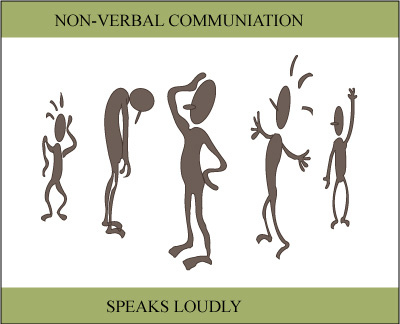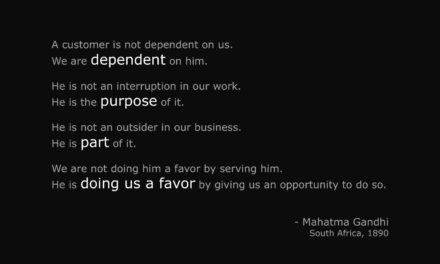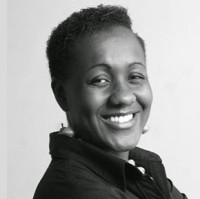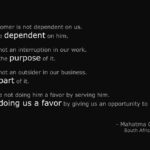We sat down to a business meeting at a coffee house housed in Thika Road Mall this past Saturday to walk through a project briefing with a client. A waiter came and handed us menus and left. We got down to discussions and it was about an hour later when a different waitress came to our table and enquired whether we had been served.
After indicating that we had been there for an hour with no service she said ‘Sorry’ and proceeded to ask after our orders. Being the customer service enthusiast that I am, I couldn’t pass up the opportunity to let her know that although she had said ‘Sorry’ she in actual fact did not look sorry at all. Nothing in her body language, manner or tone of voice indicated that she was truly sorry.
She had a business-as-usual demeanor. She seemed very surprised at my remark and went on to explain that she also did not understand why her colleague had not come back to ‘look after’ the tables he had been assigned, and went to explain their system of assigning tables. Pretty much what she was doing was abdicating responsibility and ‘blaming’ her colleague.
This really got my goat up, and we can spend an entire day talking about collective responsibility for service and the woes of an ‘It-wasn’t-me-that’s-not-my-job’ attitude, but let’s save that for another day. Today, we’re focusing on body language for customer service excellence. So our dear waitress – let’s call her Njoki, wasn’t at all remorseful. Nothing about her way of being communicated remorse at the situation.
And let’s face it, one hour without service in an upmarket coffee house, no…….. let me rephrase that – in any service facility no matter the rank, is downright bad service. So after Njoki’s response, I proceeded to demonstrate to her what I though may have been an appropriate response as follows:-
- A shocked expression from her about our long wait for service
- An indication of how that is really serious and a service no-no
- A confirmation that, that indeed is not the norm and shouldn’t happen
- A sincere apology for the mishap and promise of immediate rectification
- An acknowledgement of our patience for having endured the long wait
- A promise to get our orders out in the shortest time possible
All of which should have been delivered with sincere conviction, including the appropriate body language and tone of voice. I told Njoki that should she have done the above, I would have felt much much better and not felt like some inconsequential customer who wasn’t worth the establishment’s time of day.
Njoki then proceeded to rub my shoulder and told me “Ok I’m sorry – please feel better”. I am not sure that I did.
The thing about body language is that it is difficult to fake. Our bodies speak of their own volition. Excitement, joy, sincerity, regret, nervousness, derision, impatience and many other feelings all manifest in different ways through gestures and stance.
Many times, we do not even realize that our bodies have spoken unless the person being ‘spoken’ to points it out. We should therefore take two approaches to ensure body language for customer service excellence. One is to be as sincere, open and genuine as possible in our interactions with customers. Our bodies will on automatically convey the same.
If we truly appreciate our customers and delight in their presence and feedback whether positive or negative, our bodies will speak our sincerity. The Second is to be conscious of different body language messages and make a deliberate effort to practice and adopt engaging and approachable body language as we interact with our customers.
 For after all as the experts indicate, when we speak, 55% impact of the communication is visual (your body language) 38% is your voice (tone, inflection, pitch and rate) and 7% is verbal (your words). Important statistics to chew on as we strive to raise the service excellence bar.
For after all as the experts indicate, when we speak, 55% impact of the communication is visual (your body language) 38% is your voice (tone, inflection, pitch and rate) and 7% is verbal (your words). Important statistics to chew on as we strive to raise the service excellence bar.









